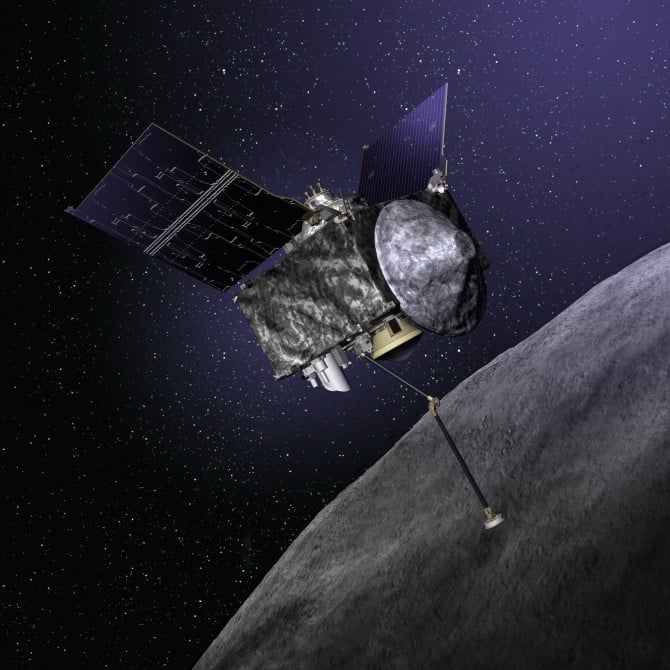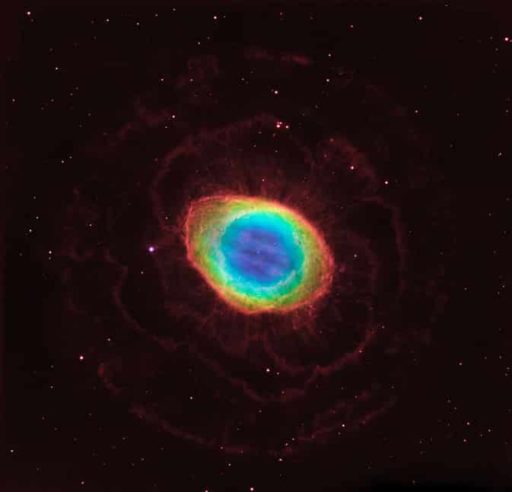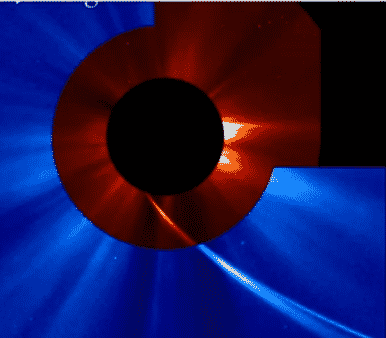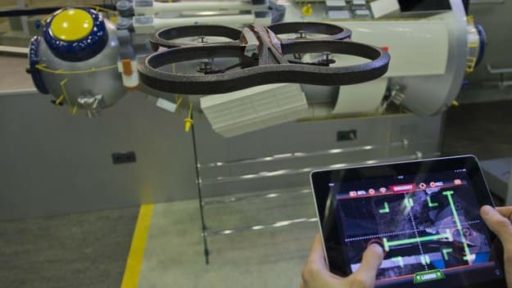For long time we’ve been hearing that space agency NASA will launch a $800 million probe called Origins, Spectral Interpretation, Resource Identification, Security-Regolith Explorer (OSIRIS-REx) towards an asteroid. Lately, aircraft manufacturer Lockheed Martin has announced that OSIRIS-REx will go into space, collect samples of that asteroid and return to Earth.
According to Lockheed Martin, before sending OSIRIS-REx into space, it had to pass a comprehensive technical review. The mission Critical Design Review (CDR) was aimed at validating the detailed design of the OSIRIS-REx spacecraft, as well as its instruments and the ground system needed to support it. And finally, the probe has passed the review and Lockheed Martin has achieved green light for building the spacecraft.
Rich Kuhns, program manager at Lockheed Martin Space Systems has said, “Passing CDR is a significant milestone in our program. We have now completed the spacecraft design and are transitioning into fabrication as we prepare for the assembly, test and launch operations phase of the mission.”
However, the OSIRIS-REx spacecraft is scheduled to launch in late 2016. After reaching into space, OSIRIS-REx will rendezvous with the near-Earth asteroid named Bennu (Bennu is one of the most likely asteroids to hit Earth in the next few centuries) in 2018.
OSIRIS-REx will spend a year examining Bennu, including a detailed study its chemistry, mineralogy and topography, a comparison of telescope-based data with on-the-spot observations and making a precise determination of the asteroid’s orbit. OSIRIS-REx will touch the asteroid with a telescopic probe, which will use a blast of compressed nitrogen gas to blow a 2-oz (60 gm) dust sample into a collection filter.
OSIRIS-REx spacecraft is scheduled to return to Earth in 2023 and after a complete study, NASA will send astronauts to the asteroid in 2025. Here’s a video outlining the OSIRIS-REx mission.
Source: Lockheed Martin
[ttjad keyword=”dslr-camera”]




